
Stallion


Stock Car
 Stallion |

|
 Stock Car |
Editor's Notes Titanium Grooved Axles by DerbyWorx are the ultimate in axle technology. They are equipped with a two-step shaft for a good fit with axle slots or holes, and an excellent fit with the wheel. The titanium material provides superior strength, light weight, and a smooth, hard surface for low friction. Click Here for more information on this superior axles.
Titanium Grooved Axles by DerbyWorx are the ultimate in axle technology. They are equipped with a two-step shaft for a good fit with axle slots or holes, and an excellent fit with the wheel. The titanium material provides superior strength, light weight, and a smooth, hard surface for low friction. Click Here for more information on this superior axles.
 
If you are planning a race and are not required to use a specific kit type, our MV Basic or Wedge Car Kit are just what you need. These attractively priced kits are equipped with:
|
|
Main Pinewood Derby Site - www.maximum-velocity.com Mobile Pinewood Derby Site - mobi.maximum-velocity.com |
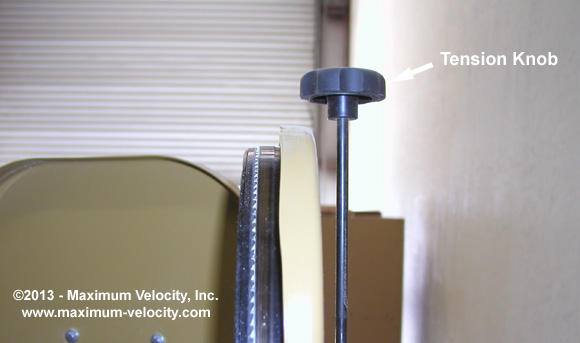
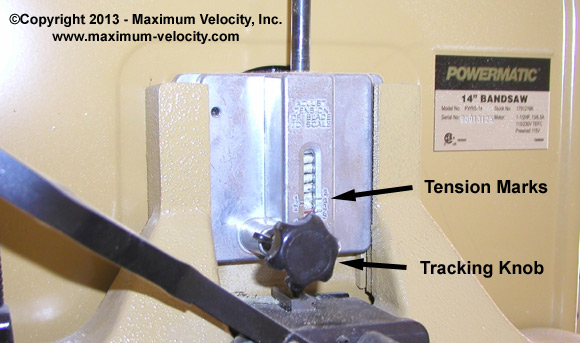
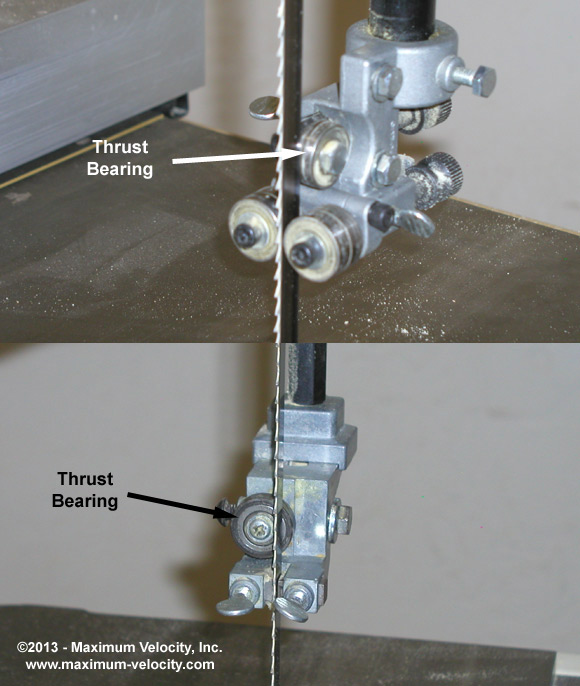
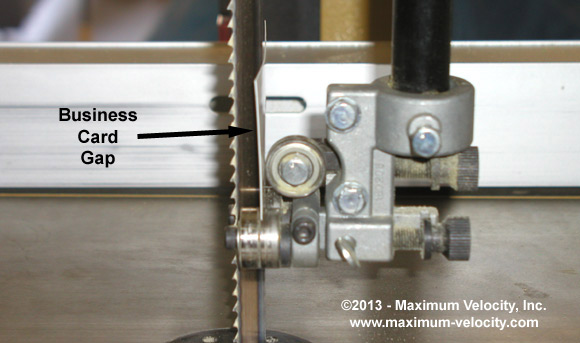
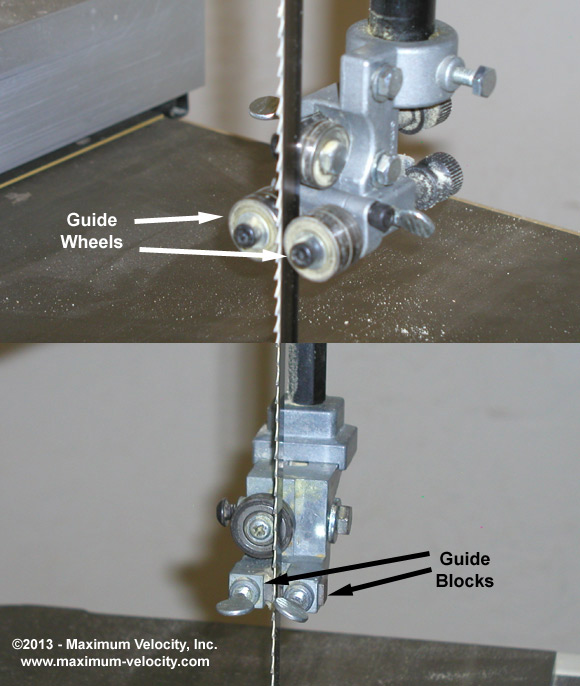
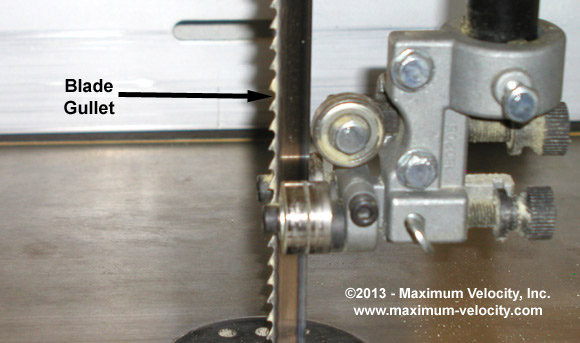
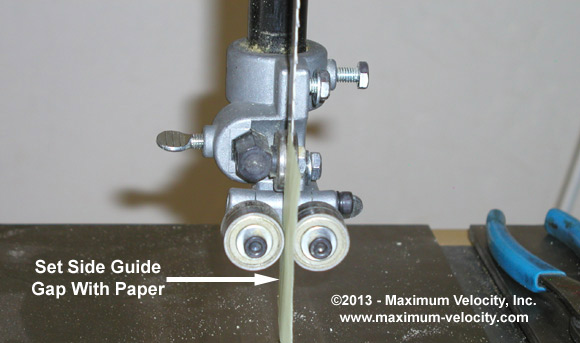

|
Paint Stand 10% off |

|
Allows you to hold the car in any position while painting.
Works with axle slots or axle holes, and with any wheelbase.
Keeps paint out of the axle slots or holes.
Provides a stable base while your car dries.

Most rules state that bushings are not allowed. This product could easily be considered a bushing.
The pads have some "give". So they could increase friction.
